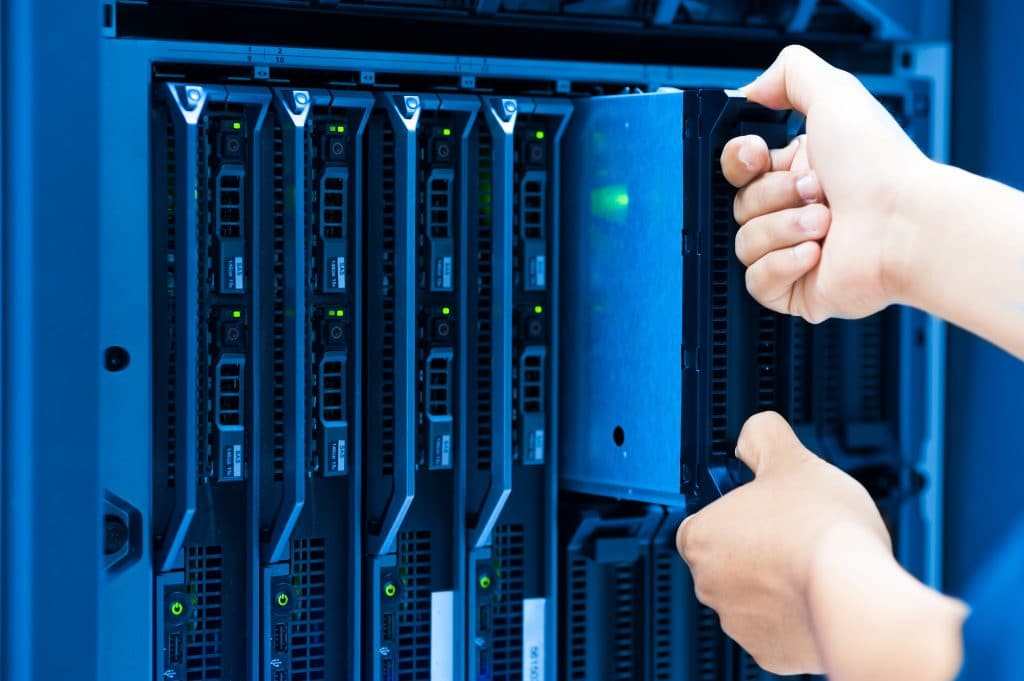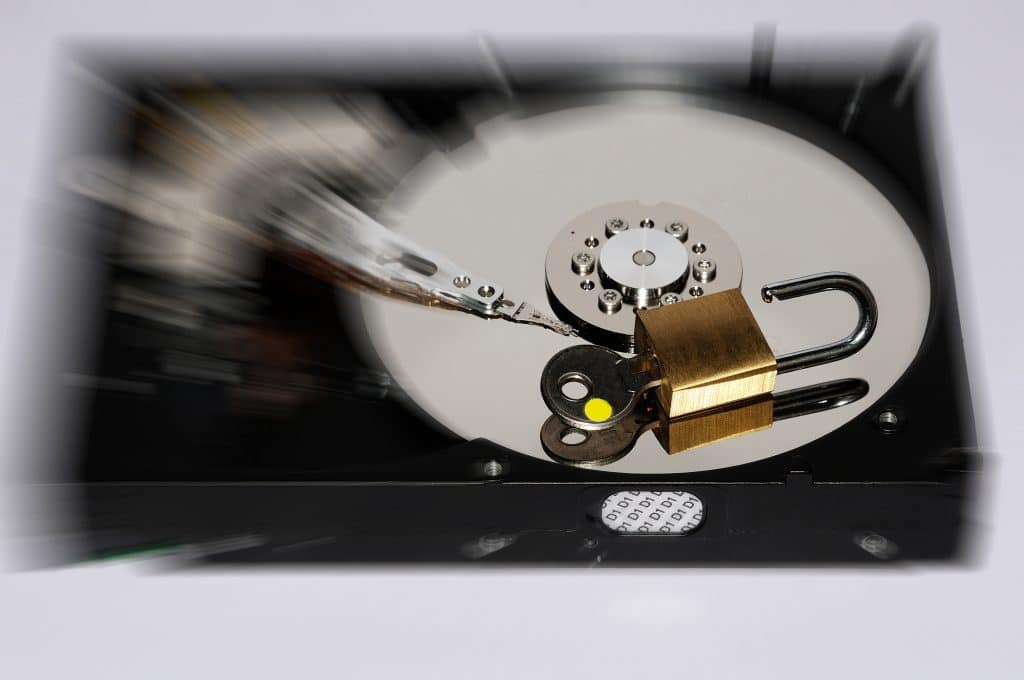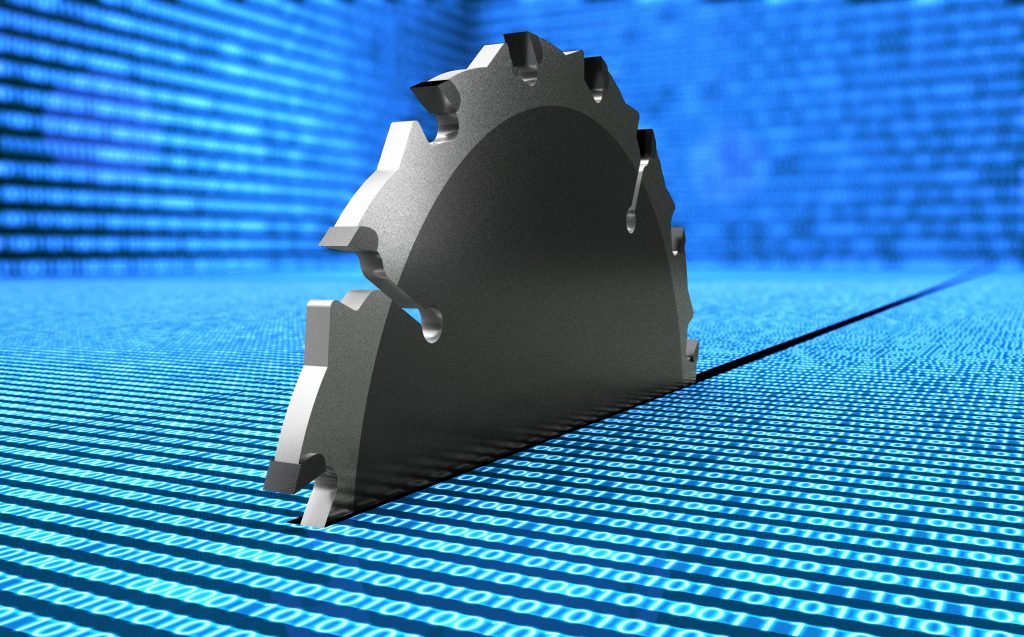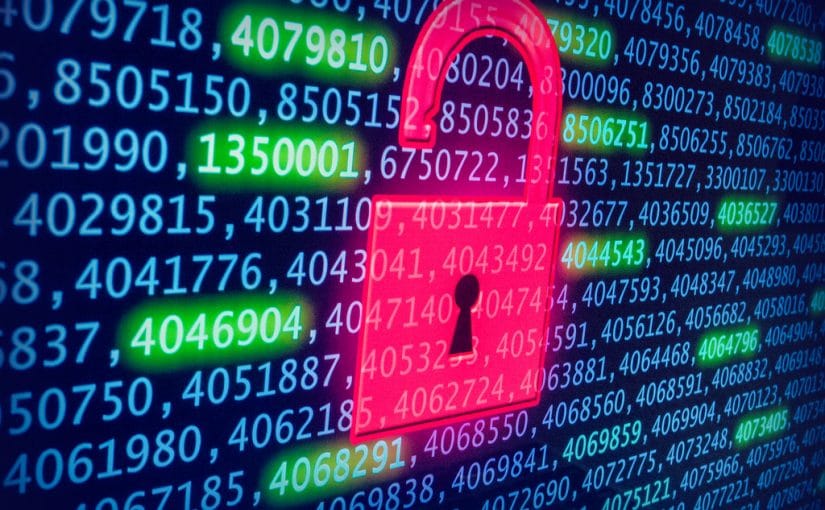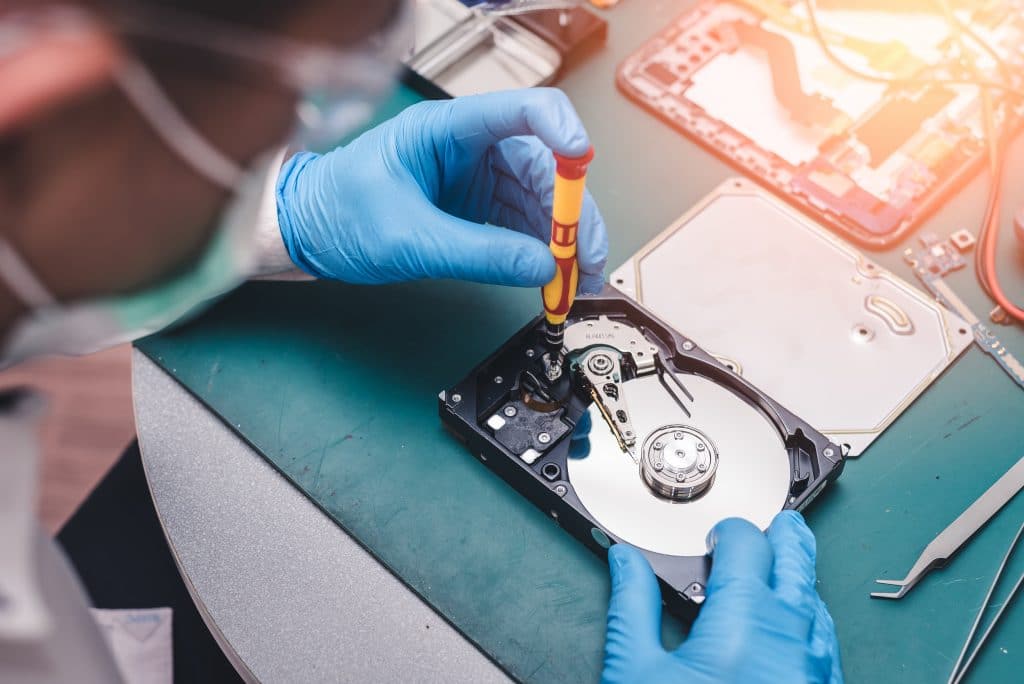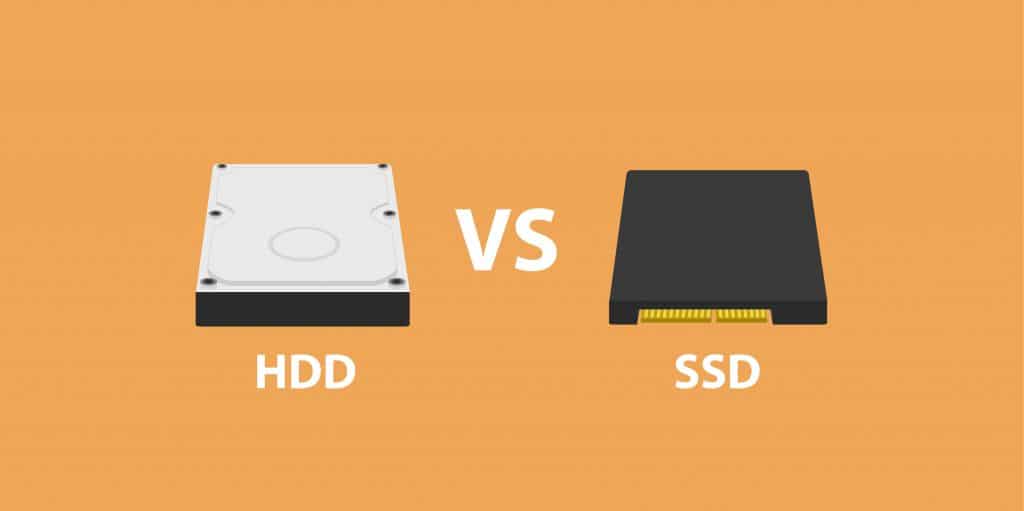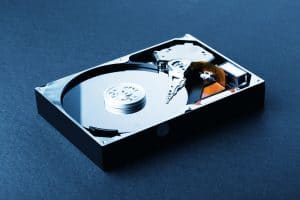When it comes to data storage, it’s difficult for many of us to fathom just how much information can fit on a portable hard drive or basic USB thumb drive. Many of us probably haven’t even filled up our own personal hard drives or come close to it. In the age of Big Data, USBs and portable hard drives have become the technological highways that bridge data between devices.
Now let’s think about how much information and data can be stored on a one terabyte (1TB) hard drive. For reference, a 1TB hard drive is equivalent to 1,000 gigabytes (GB). Maybe a couple thousand photos? A hundred movies or so? Well, the answer may shock you so let’s break it down by media type.

Photos
Depending on the file type and size, a 1TB hard drive can hold anywhere between 250,000 and 310,000 photos. Just imagine how many family photo albums you can fill with 250,000 photos. It’s incomprehensible! Some of you may be thinking, “what would a thief want with my personal photos?” While the data stored in personal photos may not be always be confidential, it’s still private and personally identifiable. This means that if a thief were to steal your 1TB drive filled with family photos, the risks of the breach can still be high as whatever information that is offered in the photographs is now fair game. The thief could find out about what kind of material possessions you own, such as cars, jewelry, and furniture, where you like to vacation, where you live, and what you look like, making future theft and targeting that much easier.
Photographs may seem low on the ladder as far as sensitive information, but they can offer up more information than you’re probably willing to give up. Take for instance last year’s U.S. Customs and Border Protection (CBP) data breach. In June 2019, the CBP released a statement that photographs and video recordings of fewer than 100,000 people and their vehicles were stolen as part of an attack on a federal subcontractor. The photographs and video recordings were used in a growing facial-recognition program to assist the CBP in tracking the identity of people entering and exiting the United States. The photographs and footage were originally taken at various American airports and land border crossings where vehicle license plates and faces were captured over a short period of time. While the thieves were not able to capture other identifying information such as passports or travel documents, this type of breach isn’t to be downplayed as the victims are now at major risk for identity theft.
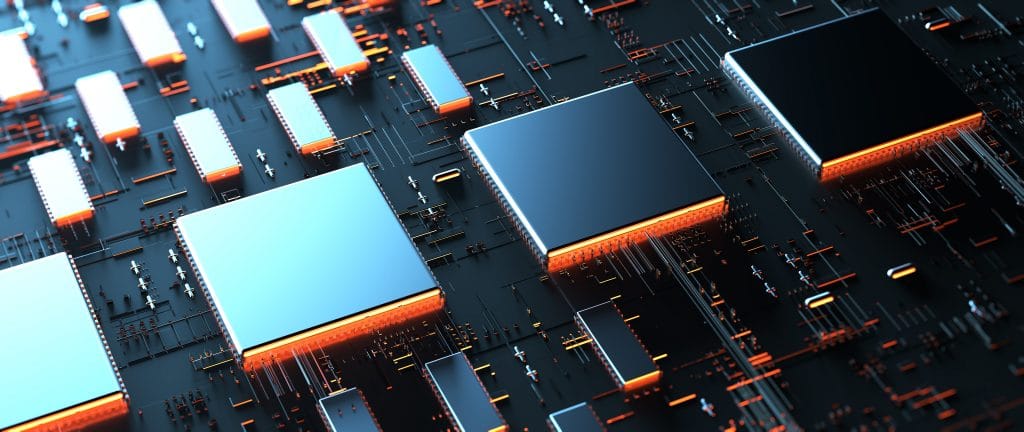
Video and Audio
Home video enthusiasts can rejoice because storing all of your family videos in one place has become so much easier. A 1TB hard drive can hold up to 500 hours of high-definition 1080p video – that’s just over 20 full days! To put that into perspective, the total runtime of all the Marvel Cinematic Universe films (23 total) is approximately 50 hours – one-tenth the amount of storage.
Have a large music library? You’re in luck, too! A 1TB hard drive can hold up to 17,000 hours of audio files, totaling approximately 708 days’ worth. Still can’t fathom that much music? Imagine listening to the entire U2 studio album discography 24 times. Or listening to the entire Rolling Stones discography 15 times. Now that’s quite the road trip playlist!

Documents
Here comes the truly mind-boggling part. If we’re talking strictly Microsoft Word documents, a 1TB hard drive can hold (…wait for it…) 85 million documents. Take that in for a moment. Eighty-five million documents. A person’s entire life can fit onto a drive and still have plenty of room to spare. Bills, social security numbers, bank account information, deeds, birth certificates, and more can be stored on 1TB which makes them a gold mine for hackers and thieves.
Leslie Johnston, Chief of Repository Development for the Library of Congress, noted that a 1TB hard drive can hold as much information as one-tenth of the Library of Congress. Now that comparison makes our heads spin! It can be scary thinking about the irreparable damage hackers and thieves can cause with that much information at their fingertips.
In the United States, the average cost of a data breach can cause an organization to pay upwards of $8.9 million, averaging out approximately $146 to $250 per compromised record. Now imagine how much a breach of 85 million documents would cost. The risks of a data breach can be immeasurable, and the consequences are not always immediate. You can read more about how the purchase of in-house end-of-life data destruction equipment can save you and your organization millions of dollars here.
Clearly, a single 1TB hard drive can easily hold a lifetime’s worth of information (and then some), which is why having a secure end-of-life destruction plan is crucial in protecting that data. Protect yourself, your employees, and your company against future data breaches with one of our various high-quality NSA listed/CUI and unclassified magnetic media degaussers, IT crushers, and enterprise IT shredders. Any one of our exceptional sales team members are more than happy to help answer any questions you may have and help determine which machine will best meet your destruction needs.



